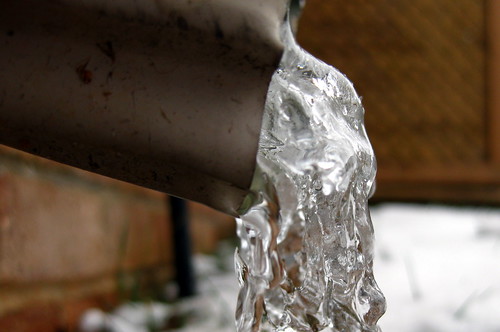Frozen pipes are very common during freezing weather conditions. Underground pipes, wall pipes as well as those found in your attic can freeze and if not taken cared as soon as possible, cracks would develop on them and they might even burst. To avoid yourself from potential plumbing problems that frozen pipes can bring to your household, do the following steps on thawing out different types of pipe.

Photo: Sterlic
Your initial step in thawing a pipe is to know the exact frozen location and turn off the line supplying to such pipe. You can find out which section is frozen basically by touching it as a frozen area feels exceedingly cold compared to a pipe with free flowing water. If no water comes out in every faucet inside the house, most probably the frozen section is located somewhere between the meter and the main water line, this section is normally buried underground.
Thawing Plastic and Metal Pipes
There are three ways on thawing out accessible plastic and metal pipes. One of them is by using a hand-held hair dryer. Simply move the dryer slowly around the frozen area until the frozen water inside the pipe melts. Another is by using rags soaked in hot water wherein the rags are wrapped around the pipe. The third method is by using water resistant heating pad draped around the pipe. Flame can be used in metal pipes but it requires complex knowledge in plumbing as performing it wrongly it may lead to burst pipes.
Thawing Unreachable Pipes
Pipes hidden on walls can be thawed out by raising indoor temperature and by direct application of heat using a lamp or handy heater. These methods normally take a long while to work so if you need an urgent solution, it’s better to obtain plumbing services.
Preventing Pipes from Freezing
10:15 PM
ThanateTan







